If there is one thing I’m sure most fly fishers have noticed during the COVID-19 pandemic, it’s that a lot of our favorite fishing waters have been more crowded than in years past. With more people opting to travel domestically than internationally, coupled with more and more people spending time outdoors to stay socially distanced, it should not be surprising that some of our favorite secret spots are not so secret anymore. The good news is that Durango sits right in the heart of some of the widest swathes of public land in the state, and solitude and good fishing are something still easy to find for those willing to put in the leg work to find them. In this blog, I’ll talk about some of the lesser known fishing spots around Durango, CO, and our general area.
1) Vallecito Creek
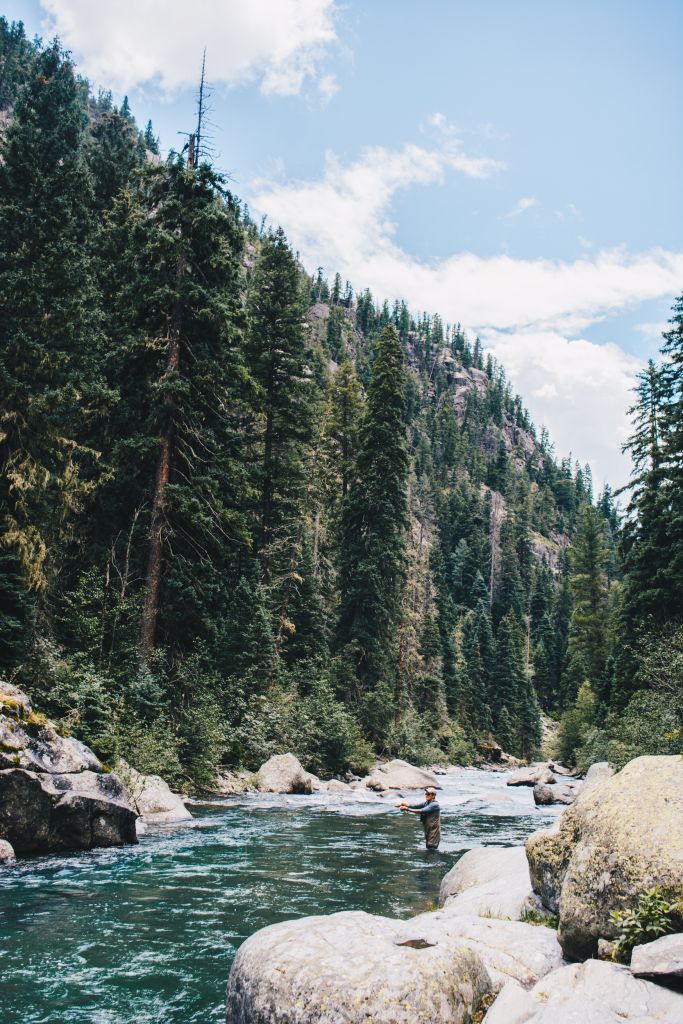
If beauty is something you look for when picking fishing destinations, you’d be hard-pressed to find a more beautiful stream in the entire state of Colorado. With crystal clear water and a multi-colored, mosaic-like streambed of small pebbles, the scenery alone is worth the visit. Luckily for us as fly anglers, the creek is positively alive with trout! While the Vallecito creek trail itself does see a lot of use, the vast majority of that use is not by anglers.
With around 20 miles of public water above the campground, there is no shortage of water for the angler that desires solitude. Vallecito Creek contains almost every type of trout water imaginable. With plunge pools, pocket water, riffles, and a vast meadow section the creek offers something for everybody. Wild rainbows, brook trout, and cutthroat abound with fish averaging in the 8-12 inch range. The deeper pools can hold fish up to 16 inches, but this is more the exception than the rule.
Mayflies and terrestrials make up the vast majority of the fish’s diet here. A small hopper or beetle pattern can be deadly under overhanging vegetation. Having a variety of sizes in a Parachute Adams (#12-#18) is also a good idea. Midges hatch year-round in this drainage if the conditions are right, so having a #20 Griffiths Gnat or Renegade for those pickier midge eaters is always advisable. In July there is a fairly heavy hatch of Golden Stoneflies, and a #10-#12 Yellow Stimulator may seem like the only fly you need on these days.
On top of the excellent fishing on the main stem of Vallecito creek, the drainage offers an abundance of smaller tributary streams that have great angling opportunities as well. Most of these streams, regardless of size, hold trout. The only thing limiting people from fishing them is often their own sense of adventure. The fish in these smaller streams are not often as picky as fish in bigger drainages, and oftentimes any old attractor dry fly will do the trick. I often look for flies that float high and are highly visible. Stimulators, Para-Madam X, and Rio’s Dry Humper is sizes #14 and #16 are my personal favorites.
Vallecito Creek offers some great day hiking and fishing without going too far into the wilderness, but to get the full experience of this drainage you should plan to spend at least one night in the wilderness and you should pack appropriately if you do plan on that. Bring a tent, rain gear, and appropriate layering for those cool summer nights. Vallecito Creek drains a vast area of land above treeline, and as should be suspected runoff comes on fast and strong. While you can fish during runoff, it is not advisable due to dangerous conditions. Fishing is best from July through late September.
Favorite Flies for Secret Waters
2) Florida River
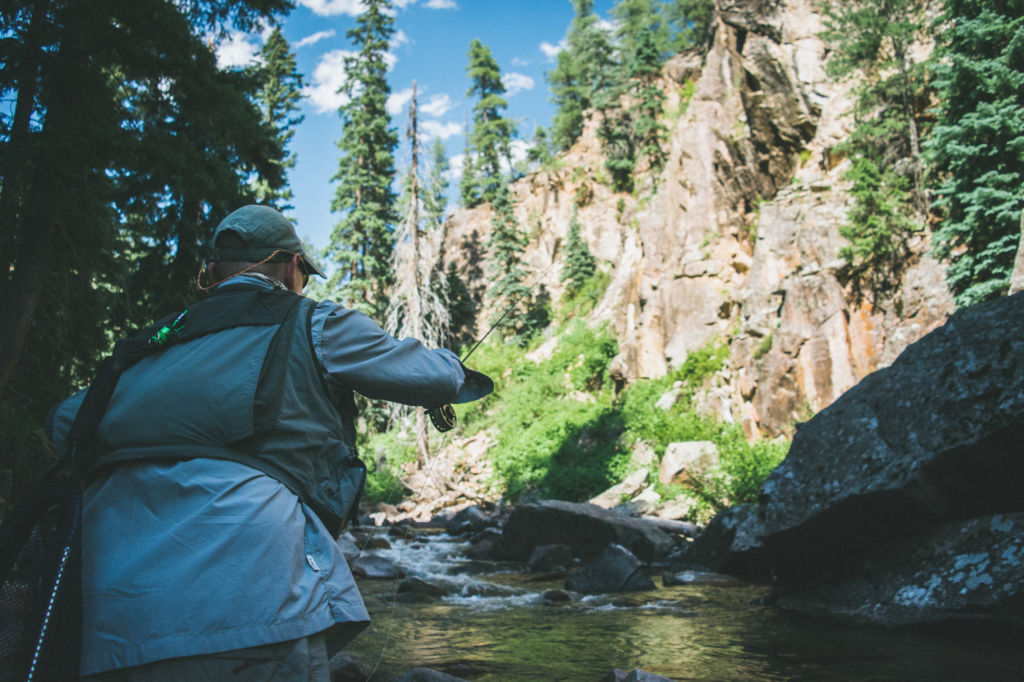
Just like Vallecito creek, the Florida River is a beautiful drainage. The Spanish word “Florida” (pronounced flow-ree-dah) translates to “lush”, and anyone who has fished along this drainage can understand why this river was so named. The Florida River is the largest tributary of the famous Animas River and is divided into two sections by Lemon Reservoir. The section downstream of the reservoir is entirely private as it snakes its way towards the Animas just below Durango. The section upstream from the reservoir has a small section of private until you get to Florida and Transfer Park campgrounds. The entirety of the river above the campgrounds lies on public lands and offers great fishing, scenery, and solitude.
Access to the Florida is much more arduous than Vallecito creek, as there is no trail that parallels the river. The river flows through a rugged canyon just above Transfer Park campground, which offers the quickest access to the river. Another way to access the canyon stretch is to take Forest Service road 597 (a very rough and narrow road, only suited for high clearance vehicles) to the Lost Lake trail, parking just off the road. From here, the canyon lies to your west and north. There is no defined trail, but those with good orienteering skills should be able to find the path to the river with relative ease. Please note that this route in is not easy and should only be accessed by people with experience in the woods as there are clifts one could fall off of if they are not careful. This section of the canyon is much easier to fish and navigate than the section just above Transfer Park, however.
Both sections of the canyon offer beautiful scenes of waterfalls and deep plunge pools. High floating hair-bodied flies and those with oversized hackle will be the best in the heads of plunge pools and in slack water eddies around boulders. A bead-head nymph or small weighted streamer should be used to catch those fish hanging out closer to the bottom in the deeper plunge pools. Above the canyon to City Reservoir the river flows through a long meadow known as Lower Park. Access to this section is best from the Endlich Mesa tr
ail at the end of Forest Service Road 597. The trail is 6 miles long and can be tough to follow at times, so this is not a great option for those without previous backcountry experience. Those anglers that make the hike will be greatly rewarded. The fish in the meadows are spookier than in the canyon below, and longer leaders and 5x-6x tippet is recommended. Make longer, precise casts while limiting your false casting to fool these wary fish. Fishing more realistic patterns like a Parachute Adams, Extended body mayflies, and bunny duns will be more productive than bigger attractor flies. Look for fish along undercut banks, riffles, and at the heads of pools. Caddis hatch in the evening here, and an Elk Hair Caddis or X Caddis can be a deadly pattern. Above the reservoir, the river flows through a narrow glacial valley. The scenery is more of a draw to visit this section of the river than the fishing is.
Fishing above Lemon Reservoir, through the canyon to the meadows, can be excellent for rainbows, browns, and brook trout in the 6-10 in range, with bigger specimens sometimes found in the deeper plunge pools of the canyon. Browns are virtually non-existent in the meadows, replaced by abundant cutthroat trout. Runoff from snow can cloud this river, but since the drainage is smaller than most others in our area the runoff does not take as long to come down the drainage as it does in others. The Florida is usually fishable by mid-June and remains in good condition until late September.
3) Williams Creek

Williams Creek is a major tributary of the Piedra River north of Pagosa Springs. It is easier to access than the other 2 streams on our list, and because of that it will see a little more pressure, but it is still a great place to get away from the big crowds. Just like our other 2 entries, Williams creek is divided into two sections by a reservoir, aptly named Williams Creek Reservoir. The section above the reservoir is a mix of rugged canyons and deep plunges, with the water opening up into meadows at about the 4-mile mark. The upper section is best done on an overnight trip, packing up to the meadows to set camp, then fishing the meadows and back down through the canyon. There is not an abundance of fish in the upper stretch, but the ones that are there can grow up to 16 inches with relative ease. Fish the slower water around boulders or bends in the stream for your best results.
The section below the reservoir runs for about 6 miles through beautiful meadows braced by volcanic spires and domes as it flows to its confluence with the Piedra. Just before it drains into the main stem, it flows through a rugged canyon that sees very little angling pressure. The meadow section is best fished closer to the confluence, as just below the dam there are 2 campgrounds, Williams and Bridge, that see more angling pressure than the rest of the stream. Browns and rainbows up to 16 inches dominate this stretch, with some bigger specimens caught each year. Just like most of the Piedra drainage, Williams Creek is teeming with bugs. Salmonflies, Golden stones, multiple species of mayflies up to #12, and caddis are all abundant in this stream, but the stoneflies reign supreme. The larger salmonflies usually hatch in mid-June during the height of runoff, which can make dry fly fishing tough at best. By the time runoff has subsided in late June to early July, the golden stones and grey drakes are coming off and fish are generally looking up. For those deeper pools, prospecting with a weighted stonefly nymph like a Pat’s Rubberleg stone or 20 Incher could potentially produce a big fish. To fish the canyon stretch just above the confluence, it is best to hike the Piedra River trail downstream to the footbridge that crosses Williams Creeks, then pushing up the creek into the canyon. High floating dries and weighted nymphs should be used in the swift, tumbling waters of the narrow canyon. The fish here see very few flies on any given year, so attractors and terrestrials should work just fine.
Through the summer, it’s a dry/dropper kind of water on Williams Creek (and most of the Piedra), however, in the shoulder seasons of spring and fall, Williams is a great Euro nymphing spot. With the quick current and plunge pools, your favorite quick sinking euro nymphing setup will work great. We typically fish 2-3 weight rods in 10′ or 10′ 6″ rigged with a simple single tungsten jig, or an anchor fly such as a Jigged Pat’s or the Duracell Jig with an unweighted Pheasant Tail on a tag dropper above.
Williams Creek is accessed by Piedra Road which is just west of the town center in Pagosa Springs. When driving on Highway 160 from Durango, the left-hand turn that heads north towards the reservoir is hard to miss. The road transitions into a gravel road just a couple of miles north of Highway 160. The gravel section, now known as Forest Service road 631, is well maintained and suited for all vehicles. After crossing the main stem of the Piedra near the Piedra River trailhead, the road parallels Williams Creek up to the dam and continues around the lake to the upper Williams Creek Trailhead, which accesses the upper wilderness stretches of the creek.
As fly anglers, we often look for moments of silent contemplation while casting our bugs amongst the riffles and pools of our favorite trout waters. With more and more people taking up the sport each year some of those silent moments we crave have been harder and harder to find. We hope this guide will do you well with finding those pristine and untouched places where you’d swear the trout had never seen a fly.


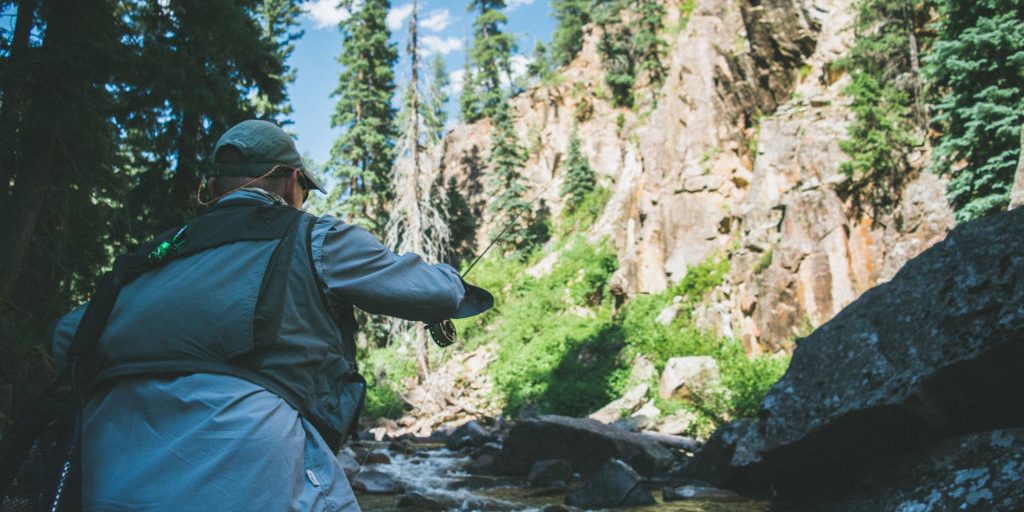
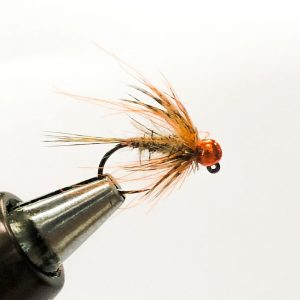

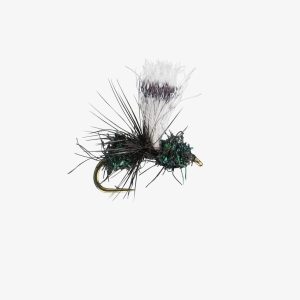
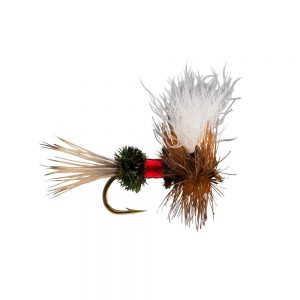
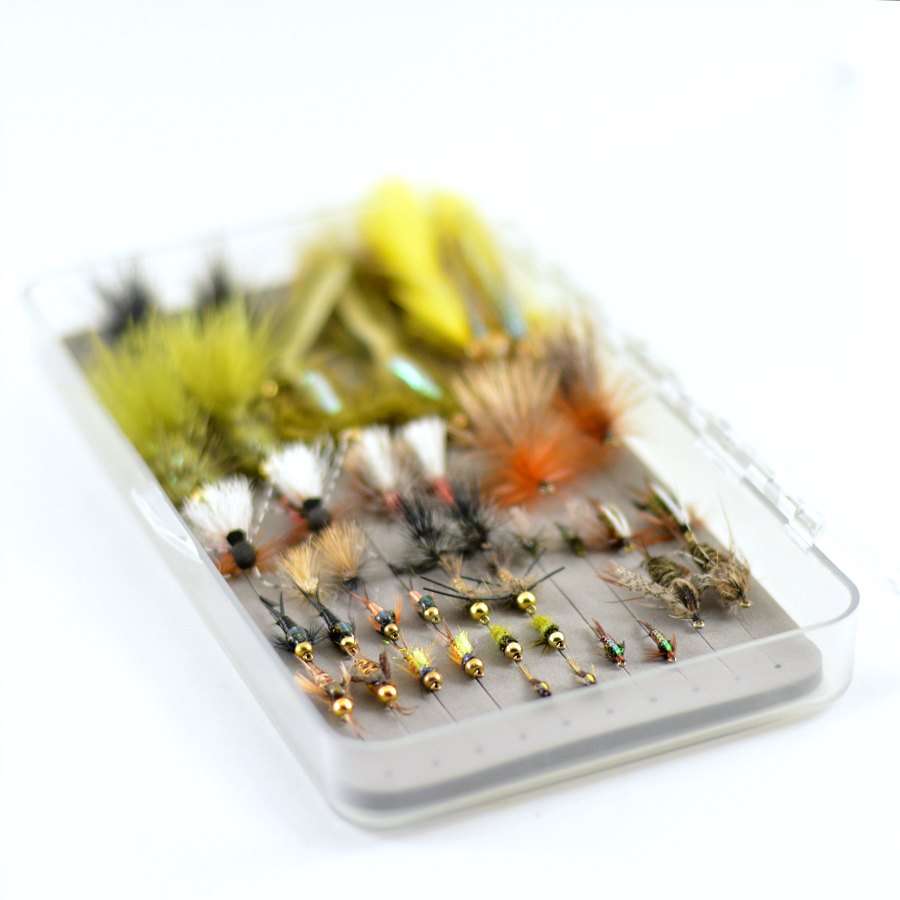
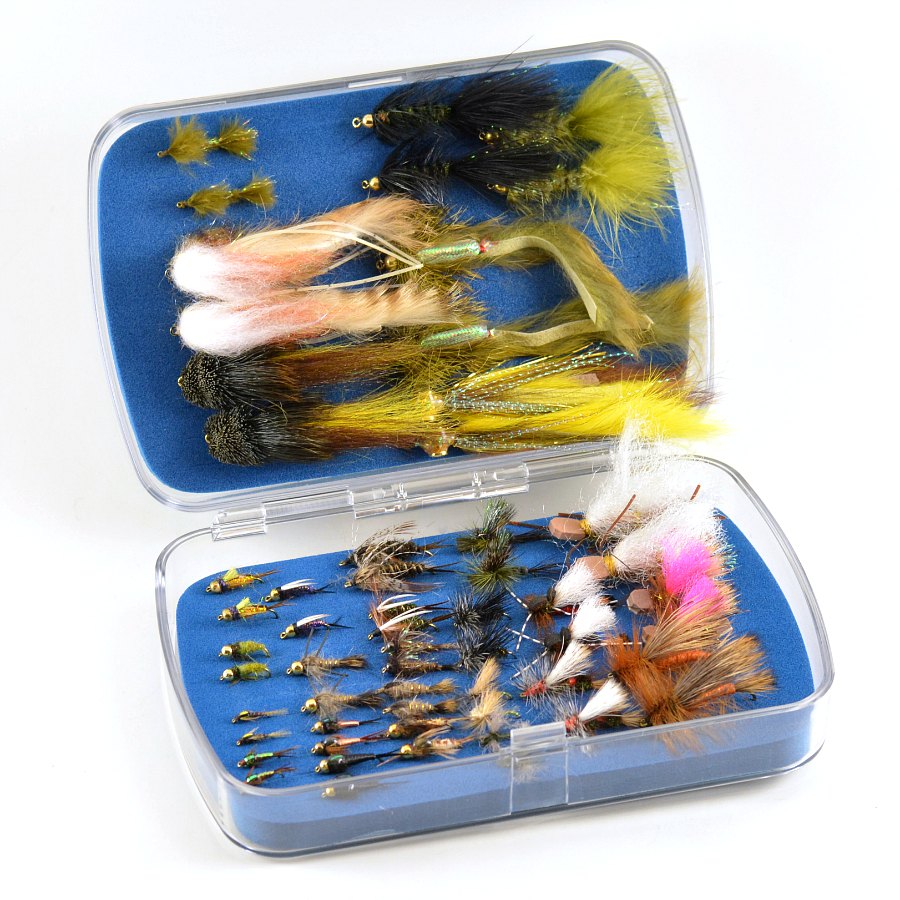

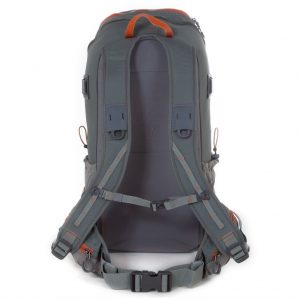

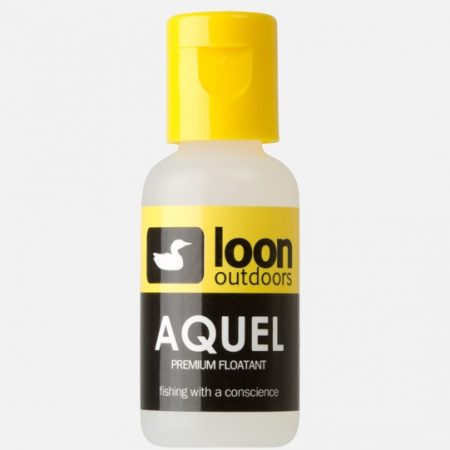
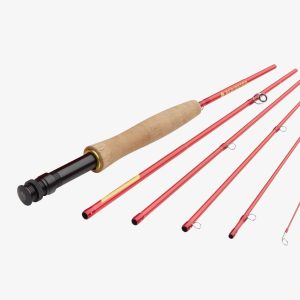

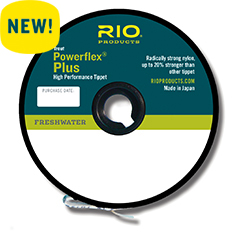
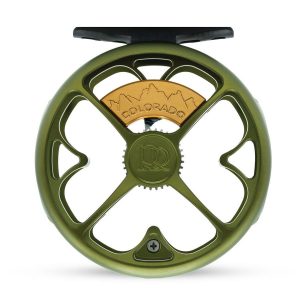
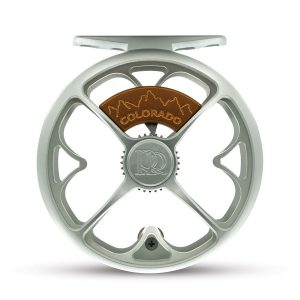
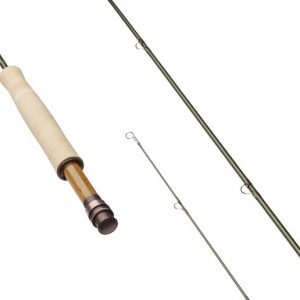
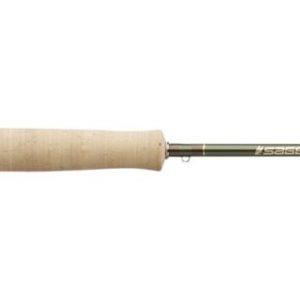

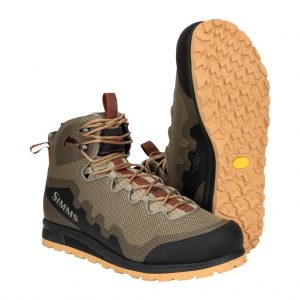







I hope to get up to Colorado and fish some of these mountain rivers.
Let us know if you do Vincent! Look forward to seeing ya.